Hunting Trophy with Mallard Duck, late 17th century, Circle of Baldassarre de Caro
Italy, late 17th century – early 18th century
Oil on canvas, relined
Dimensions without frame: H 47 cm x W 35 cm
Dimensions with frame: H 54 cm x W 43 cm
This still life painting depicts a hunting trophy composed of game birds. In the foreground, resting on a wooden surface, is a male mallard duck (Anas platyrhynchos), identifiable by its iridescent green head, white neck ring, and chestnut-brown breast. In the dark background, other game birds, including a woodcock and a quail, are suspended. The contrast between the dark background and the lighting that highlights the mallard in the foreground creates a dramatic effect typical of the Baroque period, emphasizing the three-dimensionality and the theatrical presence of the subjects.
The hunting trophy genre developed in Italy during the 17th century, with stylistic differences among various regional schools. In Naples, artists like Baldassarre de Caro distinguished themselves with compositions characterized by a theatrical use of light and intense, dramatic atmospheres. In contrast, in the northern Italian schools, painters such as Felice Boselli adopted a denser and richer brushwork, with brighter tones and less somber settings.
This work exhibits stylistic and compositional features that align it with the circle of Baldassarre de Caro, evident in the skillful use of light and shadow contrasts and the detailed rendering of feathers and surfaces. The arrangement of elements and attention to realism suggest an attribution to the Neapolitan school of the late 17th century.
The canvas has been relined and is in good condition. The painted wooden frame appropriately enhances the artwork.




























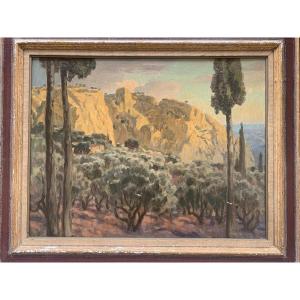
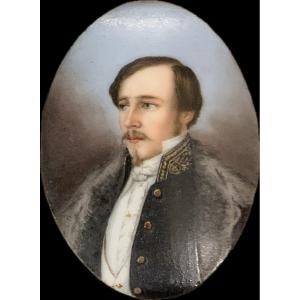

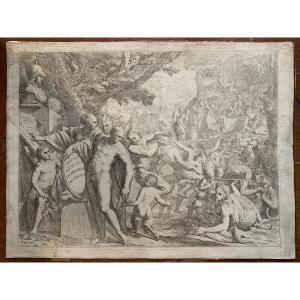




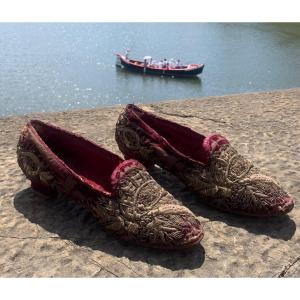

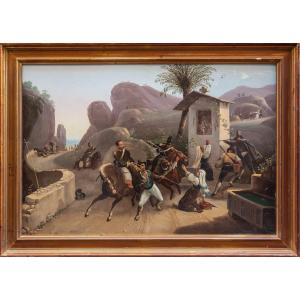





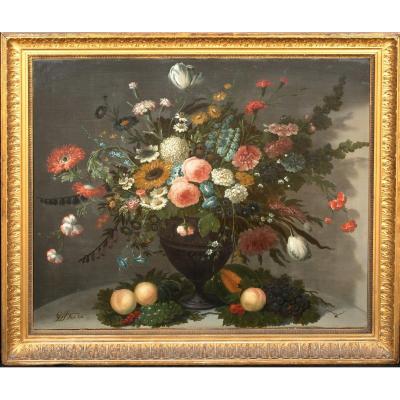
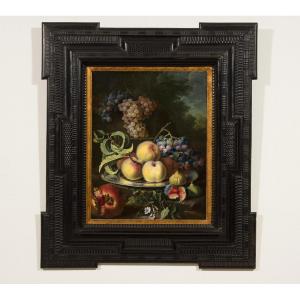




 Le Magazine de PROANTIC
Le Magazine de PROANTIC TRÉSORS Magazine
TRÉSORS Magazine Rivista Artiquariato
Rivista Artiquariato